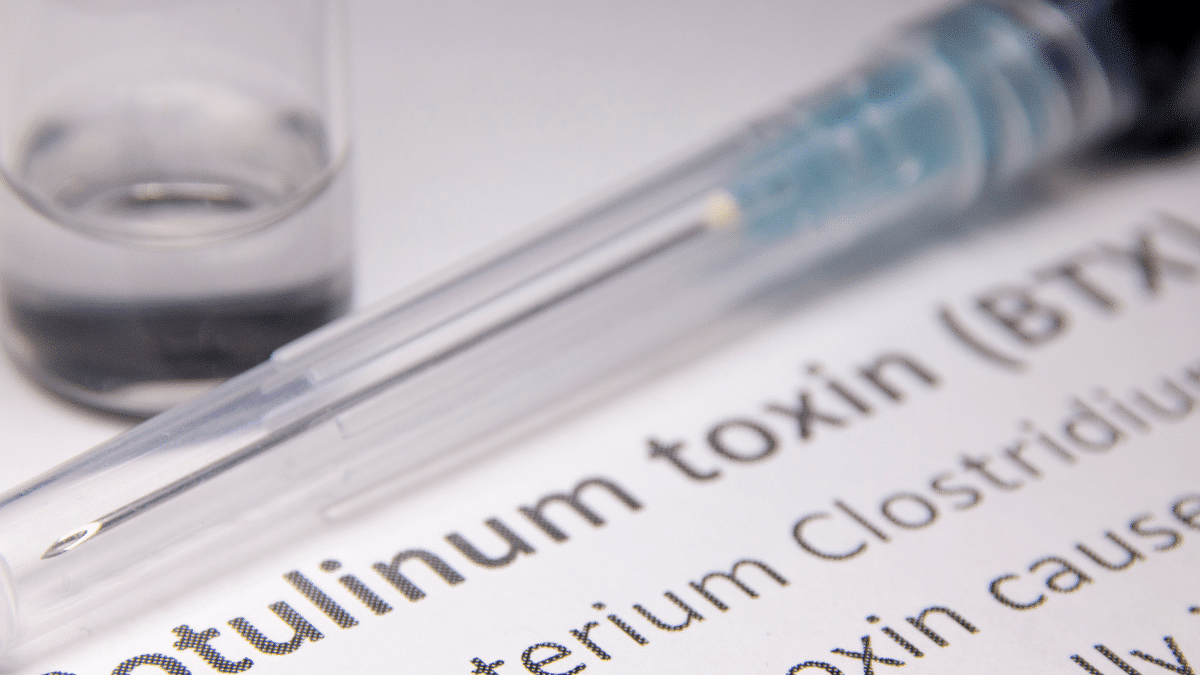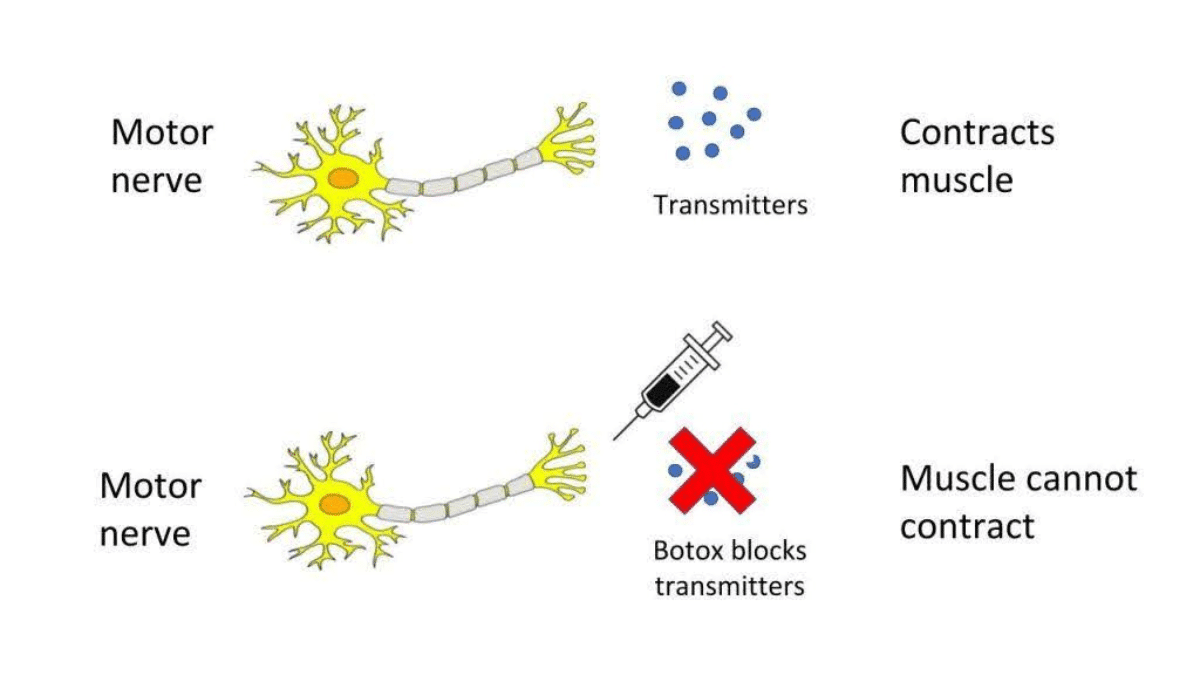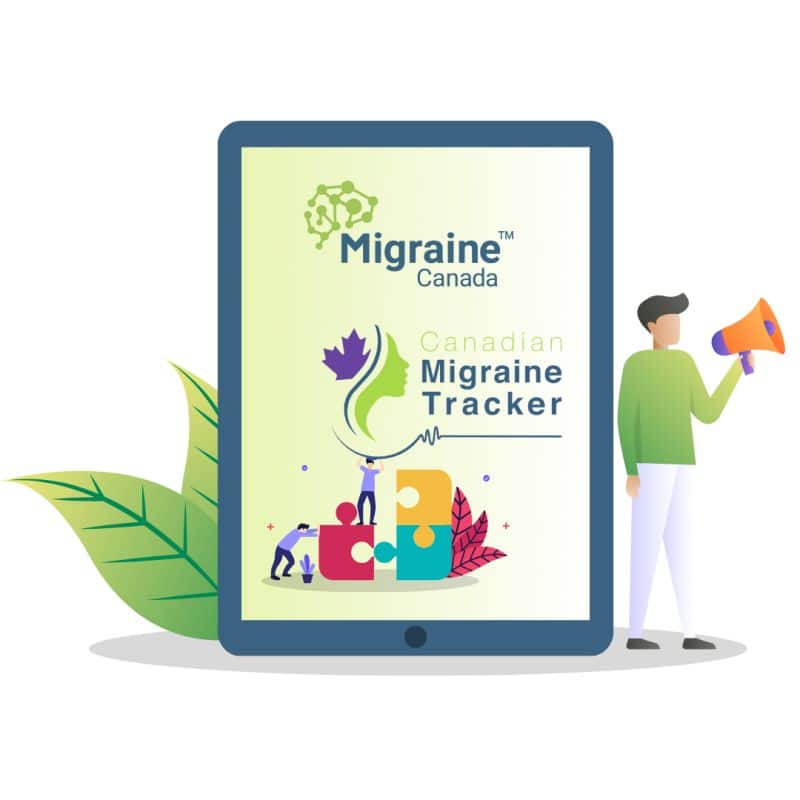Curious about using Botox for migraine relief? Botox isn’t just for cosmetic use—it’s also approved to treat chronic migraine. This article delves into how Botox works, its effectiveness, and who might benefit most from this treatment. Discover whether Botox injections could be a viable option for managing chronic migraine and what to expect from this therapy.
What is Botox?
Botox is a protein called Onabotulinum toxin A. In nature, this protein is produced by a bacteria called Clostridium Botulinum. The protein used for medical therapy is a purified form. Botox has been used for years to address various conditions, including wrinkles, strabismus, spasticity, excessive sweating, hyperactive bladder, excessive blinking (blepharospasm), and abnormal muscle contractions (dystonia).

Who proposed using Botox to treat migraine?
The use of Botox for migraine originated from random observations in the 1980s, where women receiving Botox for cosmetic purposes experienced improvements in their migraine. Chronic migraine is common in women in their 40s and 50s. These benefits were reported to the company, leading to the design of clinical trials to investigate if Botox could effectively treat migraine.
How does Botox work?
Nerves communicate by releasing molecules to their targets, such as muscles, sweat glands, and sensory organs in the skin. These molecules bind to receptors and induce actions like muscle contraction, sweat production, and sensory modulation. Botox prevents nerves from communicating with their targets. If the target is a muscle, it will stop contracting. If the target is a sweat gland, it will stop producing sweat.
In chronic migraine, sensory nerves become inflamed and hypersensitive. This inflammation is caused by various molecules released by the sensory nerves. Botox blocks this process, resulting in a “calming” effect on the pain. Studies conducted on animals have shown that Botox modifies the electrical activity of the pain network of the face and neck.

In summary, Botox works by affecting sensory nerves that modulate pain. Its effect on muscle contraction may also play a role but is not considered the key mechanism for migraine.
For more information on Botox for migraine, please watch this video.
Has Botox been proven effective for migraine prevention?
Health Canada approved the use of Botox for the treatment of chronic migraine in 2011. Clinical trials have proven its efficacy and safety for the treatment of chronic migraine. Botox should be offered as a treatment option for individuals living with chronic migraine.
Should Botox be used for all individuals with migraine?
No. Botox is only approved for chronic migraine, which is the most severe form of migraine. Chronic migraine affects 1 to 2% of the population, characterized by more than 15 headache days a month, with eight of these having migraine symptoms, for at least three months. The remaining headache days may be “tension type,” as the severity of headache can vary in chronic migraine. For more information on tension type headache, please see this post.
Unfortunately, Botox has not demonstrated effectiveness for individuals with a less severe form of migraine known as episodic migraine. Studies on people with episodic migraine were negative.
Consulting a headache specialist is recommended to determine if Botox would be right for you.
What are the expected benefits of Botox therapy?
We look for an improvement of more than 50% in the frequency and intensity of migraine. For instance, if you experience 20 headache days per month, a 50% response would mean a reduction to 10 headache days per month (not zero). In studies, nearly 50% of patients achieved this goal after six months of treatment (2 sets of injections). However, responses to Botox therapy may vary among individuals, with some experiencing greater improvements than others. Approximately 23% of patients in the studies improved by 75% (referred to as “super responders”). In this case, if you started with 20 headache days, you would go down to 5.
Is a decrease in frequency the only benefit observed with Botox?
No, other benefits can be experienced by individuals receiving Botox, for example:
- The attacks are less severe
- The attacks are easier to control with acute treatments
- The “baseline headache” or “baseline neck pain” are less intense
- The tolerance to triggers is higher
- The person functions better overall
Some of these effects may be seen earlier with the initial Botox treatments before the impact on frequency becomes apparent. It’s always recommended to use a migraine diary to track your migraine!
How long should I continue Botox treatment before assessing its effectiveness?
A trial of 3 cycles (or 9 months) is considered reasonable. The effect over the first treatments seems to be cumulative. 10% of people may only notice an improvement after the third treatment, especially if their condition was very severe to begin with.
Could Botox be effective if I have medication overuse headache?
Studies show that Botox works for people with or without medication overuse. However, if there is severe overuse or opioid use, it may be advisable to plan a withdrawal as part of your treatment plan. Notably, people taking opioids were not included in the Botox studies.
Could Botox be effective if other preventive treatments have not worked for me?
Yes. Botox has a different mechanism of action than oral preventives. Studies have shown a benefit in patients who had tried other preventives. In real life, Botox is covered only after previous trials and improvements are observed.
Is the effectiveness of Botox sustained over time?
Yes. For most people who respond to Botox, the benefits are sustained over time. However, migraine is a fluctuating disease. Even if Botox is effective for you, you may experience better phases and more difficult ones.
For more information on Botox for migraine:
References
- Frampton JE, Silberstein S. OnabotulinumtoxinA: A Review in the Prevention of Chronic Migraine. Drugs. 2018;78(5):589-600.
- Ashkenazi A, Blumenfeld A. OnabotulinumtoxinA for the treatment of headache. Headache. 2013;53 Suppl 2:54-61.
- Dodick DW, et al. OnabotulinumtoxinA for treatment of chronic migraine: pooled results from the double-blind, randomized, placebo-controlled phases of the PREEMPT clinical program. Headache. 2010;50(6):921-36.
Post #1202



